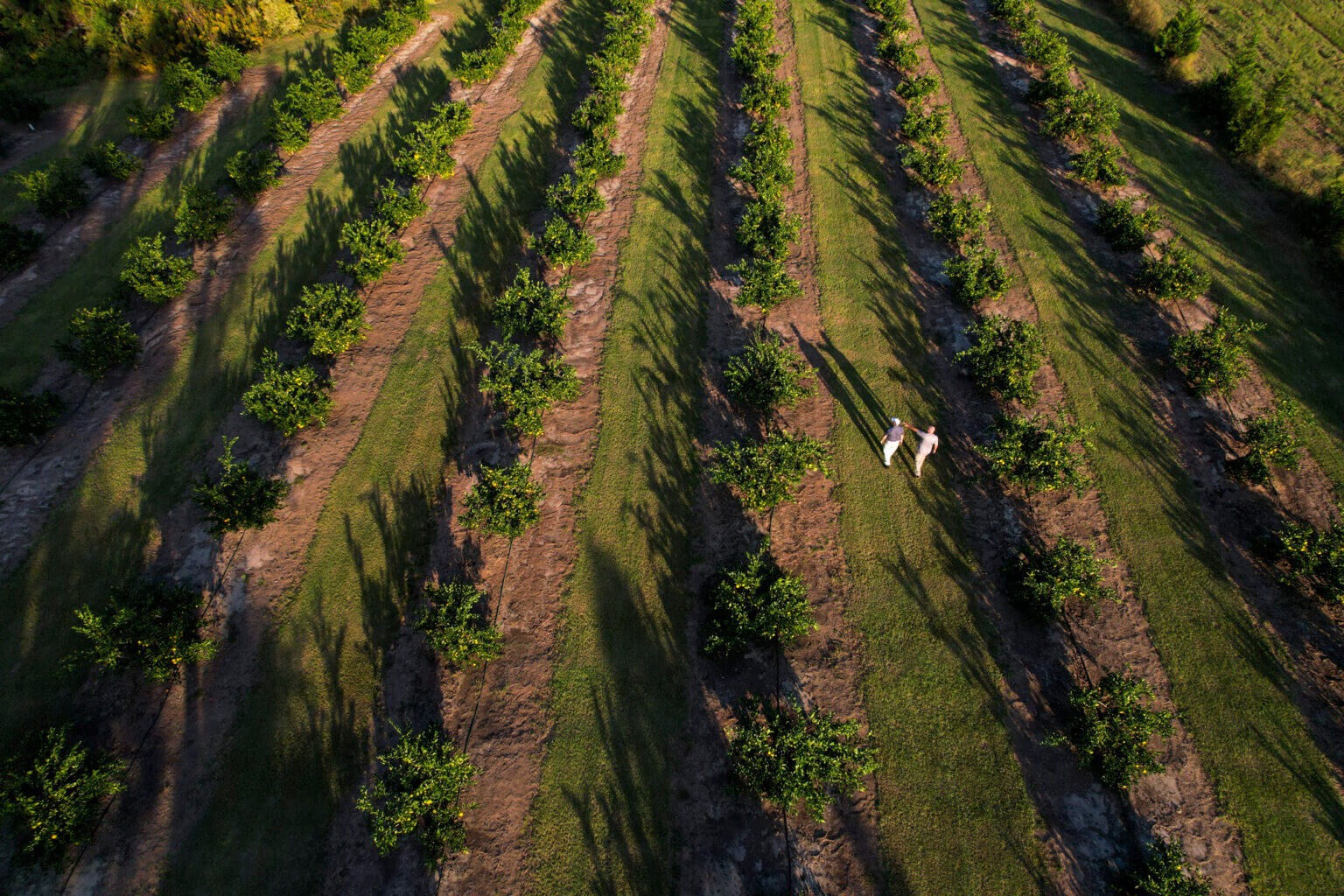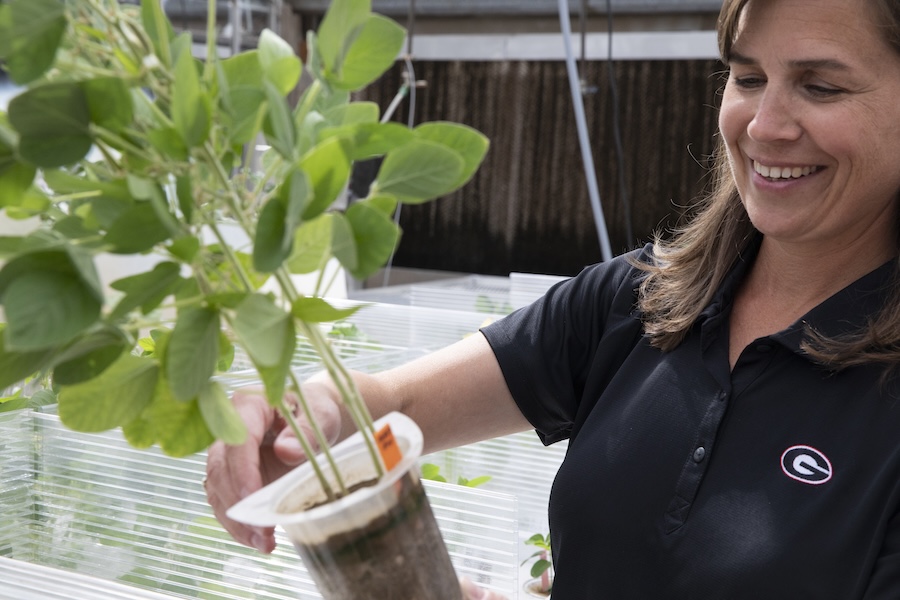By Brooke Hatfield and Johnny Harrell
University of Georgia
Many people associate autumn with a smaller number of insects. But yellow jackets and wasps are actually more aggressive during the fall, said University of Georgia scientist Keith Delaplane.
Two major factors contribute to this phenomenon.
"No. 1, the wasp colonies are now reaching their highest population of the year," said Delaplane, an extension service entomologist with the UGA College of Agriculture and Environmental Science.
"And No. 2, there's an increase in the levels of outdoor activities -- picnics and tailgaters, for example. And when you put the two together, you have problems," Delaplane said.
In search of protein
But it's not just human flesh these bugs are after.
"Wasps are carnivores," he said, "and they will seek out any kind of protein they can find. And very often, that's a hamburger or a hot dog at someone's picnic.
"The fact that they're carnivores isn't necessarily bad. The wasps eat garden caterpillars, saving gardeners from having to resort to pesticides," he said. "They just don't appear to be so beneficial when it's your picnic they're interrupting. In the grand scheme of things, they do contribute."
Don't stand around or swat
Delaplane had one word of advice for anyone who happens upon a yellow jacket nest: "Run."
Standing still and swatting at the bugs is the worst thing you can do, while the average person can outrun a wasp, he said.
It's usually best to leave a nest alone. But if you do try to eradicate a nest, Delaplane advises you to wear protective clothing, a veil and a complete body-covering suit.
"Very often, people don't do that, and they end up getting very serious stings," he said.
If you use insecticide to destroy the nest, he said, saturate the area around the entrance to the nest.
Hard to find underground nests
Underground wasp nests are a bit harder to pinpoint.
"Just because you can see the opening doesn't necessarily mean that the nest itself is right there," Delaplane said. "It could be several feet away."
In those cases, insecticide sprayed down the hole could totally miss the nest, and painful stings could result.
"It may be very satisfying to see some of them die, but it's not a very practical approach," Delaplane said.
Most yellow jackets and wasps die out in late fall, so eventually the problem goes away on its own.




.jpg)

